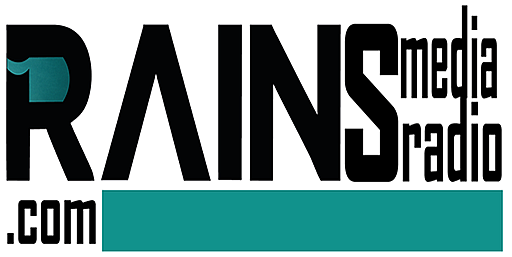U.S. President Donald Trump is poised to sign an executive order aimed at slashing prescription drug prices, a move announced on May 11, 2025, that seeks to fulfill a key campaign promise from his 2024 re-election bid. The initiative, designed to align U.S. drug prices with those in other developed nations, has sparked significant attention in the pharmaceutical industry and among consumers grappling with high healthcare costs.
The executive order targets the high cost of prescription medications, which have long been a point of contention in the U.S., where prices often exceed those in countries like Canada and European nations. The plan reportedly includes measures to allow Medicare to negotiate drug prices directly with manufacturers, a policy Trump championed during his first term. It also proposes importing cheaper drugs from abroad under strict safety regulations and capping out-of-pocket costs for seniors. The White House estimates that the order could save consumers billions annually, citing a 2024 study showing U.S. drug prices are 2.5 times higher than in peer nations.
The move comes amid growing public frustration with pharmaceutical companies, which have faced criticism for price hikes on essential medications like insulin and cancer treatments. Trump’s order is expected to reference the “most favored nation” pricing model, tying U.S. prices to the lowest rates paid by other developed countries. This approach, initially proposed in 2020 but stalled by legal challenges, has been revived with modifications to withstand court scrutiny. The administration has also signaled plans to penalize companies that engage in excessive price gouging, though details remain under wraps.
The pharmaceutical industry has expressed concerns, warning that price controls could stifle innovation and limit access to new treatments. Indian pharmaceutical stocks, which supply a significant portion of U.S. generic drugs, dipped slightly on May 12, 2025, reflecting market unease. However, consumer advocacy groups have hailed the order as a step toward affordability, noting that 28% of Americans reported skipping prescriptions in 2024 due to cost. The order aligns with Trump’s broader healthcare agenda, which includes expanding telehealth and reducing hospital billing opacity.
Implementation challenges loom, including resistance from drugmakers and potential delays in regulatory approvals. The Department of Health and Human Services is tasked with drafting rules within 90 days, with a target rollout by late 2025. The order’s success will depend on navigating legal hurdles and securing bipartisan support in Congress, where Democrats have pushed similar reforms. As Americans await relief at the pharmacy counter, Trump’s initiative signals a bold attempt to reshape the nation’s healthcare landscape, with implications for millions of patients and the global drug market.

